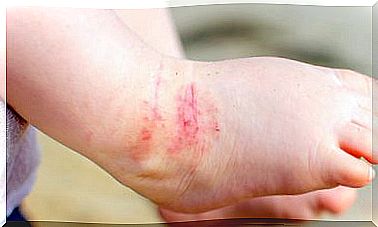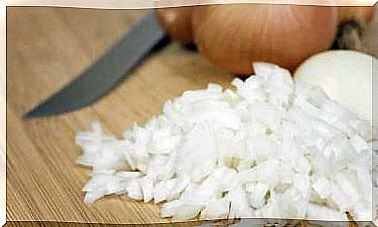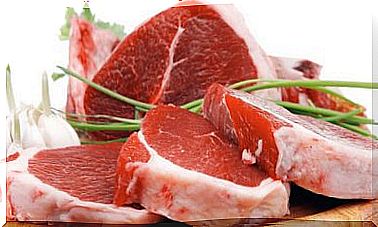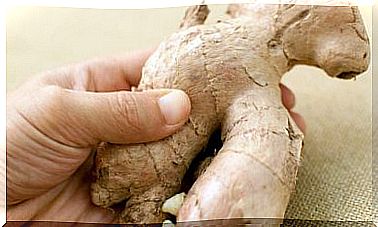What To Look For On The Label Of Your Cosmetics?
The label is the most important sign when buying a product. In this are the various ingredients, the benefits it offers and the mode of use, key aspects in a consumer seeking to be well informed. That is why we tell you what you should look for on the label of your cosmetics.
The skin is a tissue that can absorb different substances that are usually present in cosmetics. The problem arises when they contain polluting ingredients, such as chemicals that cause long-term health complications.
What is a cosmetic?
To better understand labels, we must first delve into the question of what is considered a cosmetic. In this sense, we are talking about substances or mixtures that are applied to superficial parts of the body and that have a function (protect it, clean it, perfume it. However, in each country this version may change.
So creams, deodorants, perfumes or makeup are added to the long list that makes up this category of products. Read on and learn what to look for on the cosmetic label.
What is INCI and what does it have to do with cosmetic labels?
The call INCI ( International Nomenclature of Cosmetic Ingredients ) is a system that regulates the terminology used in cosmetics, that is, the one used for the labeling of ingredients in the packaging of a product of this type.
In some cases, the names of the ingredients in Latin appear in their scientific term and in English that of the derivatives or chemical ingredients. Also, the components are ordered on the label in descending order; the former are the ones that can be found in the largest quantity in the product.
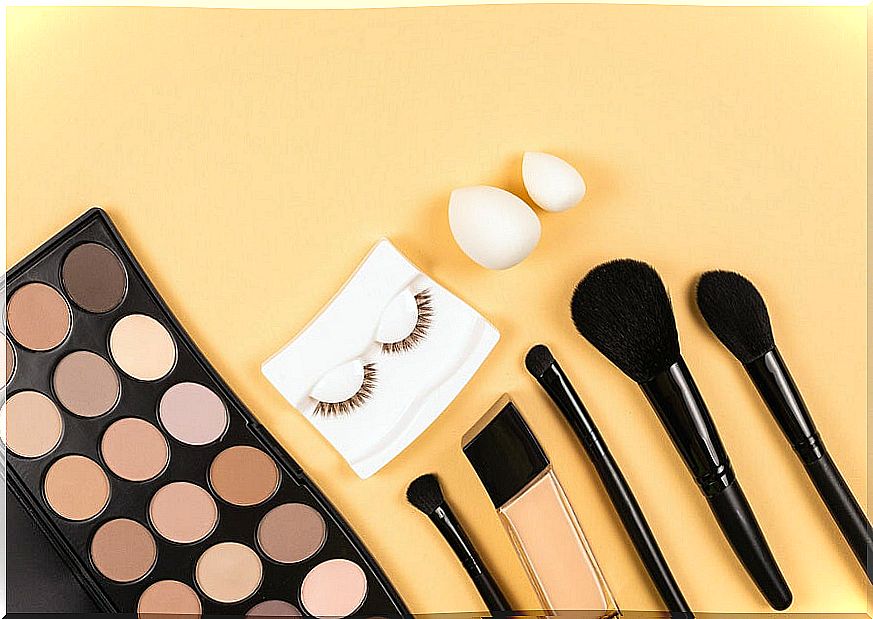
What information should the label carry?
Cosmetic labels are usually not easy to read, however, you do need to know the basic legal principles. To begin with, it should contain a list of ingredients presented in descending order, depending on the concentration.
In addition, it must include substances such as allergens, capable of producing reactions in sensitive people. Even so, those that are in a concentration lower than 1% can be listed in no order.
The asterisk is another point to understand on the cosmetic label. This appears when you want to specify the origin of the ingredient or to indicate some allergens in the formulation.
In the European Union, information such as name and address of the company, precautions for use, function of the product, weight or volume of the content, instructions for use, expiration, duration and batch number are included.
Ingredient list on cosmetics label
Although many high-benefit ingredients essential to formula composition are added in small amounts and therefore do not rank high, it is important to acknowledge them. For their part, preservatives and perfumes are added in smaller amounts, below 1%.
We selected some of the main components that can not only affect the skin, but health in general, so that you know them. They are as follows:
- 1,4-Dioxane – Found in foaming products and is a pollutant.
- Benzophenone: is a substance used in lipsticks and nail polishes to protect them from ultraviolet rays.
- Butylated compounds: problems such as endocrine alteration and toxicity in some organs have been detected by this substance.
- Coal tar: it is a carcinogen found in shampoos, soaps, hair dyes.
- Ethanolamine compounds (DEA): These are chemicals used in cosmetics. Currently, the European Union has banned its use due to possible links with the formation of carcinogenic nitrosamines.
- Formaldehyde: This substance and the preservatives that release it are found in baby shampoo and liquid soaps.
- Triclosan: found in detergents and toothpaste.
- Titanium Dioxide – Considered a possible carcinogen. It is also found in loose makeup powders.
- Nitrosamines: can appear in a wide range of cosmetics.
- Phthalates: Banned in the European Union, these substances are used in products such as scented lotions and soaps.
Other messages on the cosmetic label
There are some legends on cosmetic labels that we must know to know what they refer to. We list the most relevant ones here.
Cruelty free
As the name implies, the term refers to the fact that no tests have been done on animals. This message can even be endorsed by a certification from a control body.
Hypoallergenic
When this term appears on the label it is an indication that the formula has a composition that produces fewer allergic reactions. However, this is not an absolute certainty that the product will not cause any alteration to the skin.
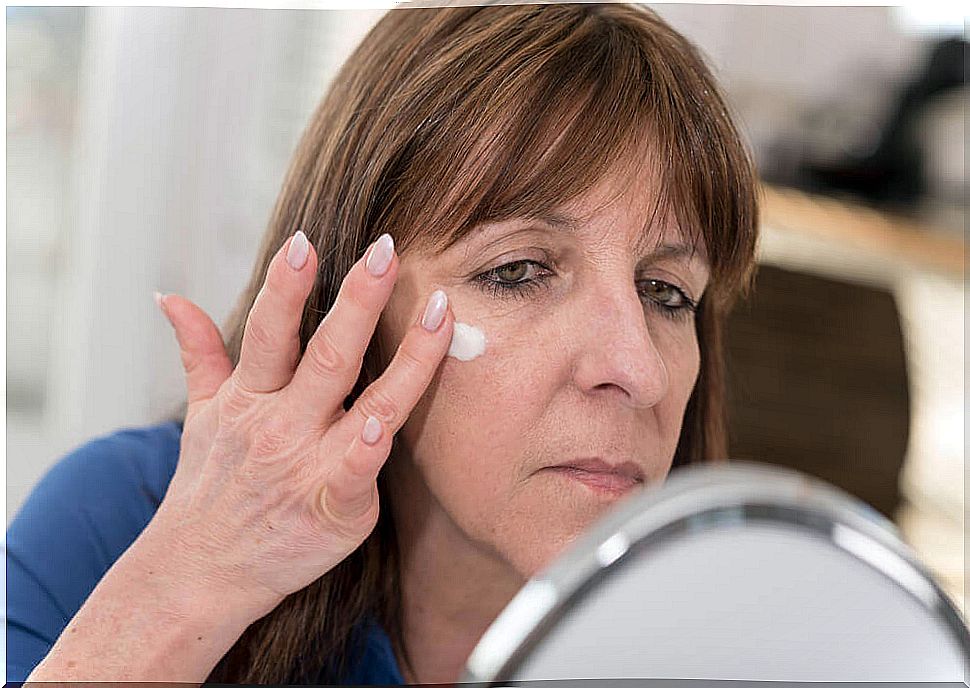
Date of Expiry
It is the range of time in which it is recommended to consume the product, taking into account that it will be stored and cared for correctly. Otherwise, the process may be accelerated.
The labels must indicate the maximum period of consumption and, in many cases, this date is shown with the letter M accompanied by a figure, that is, the number of months to use.
Cosmetics label is information
Cosmetics is one of the fastest growing markets and this has led manufacturers to expose a greater degree of transparency in their formulas and labels. For their part, ingredients are becoming a relevant issue for consumers, who are increasingly informed and pay more attention to what they consume.
